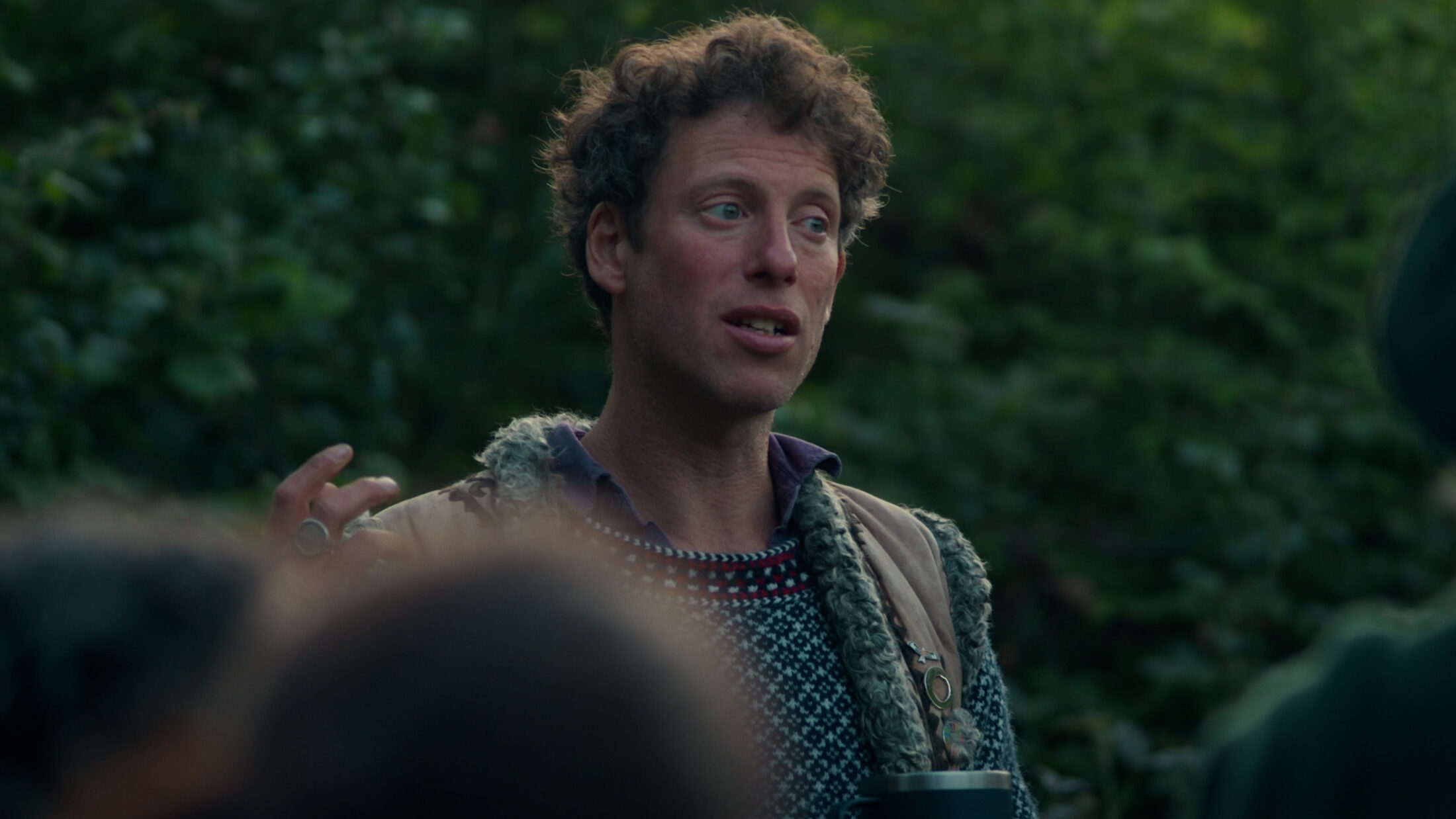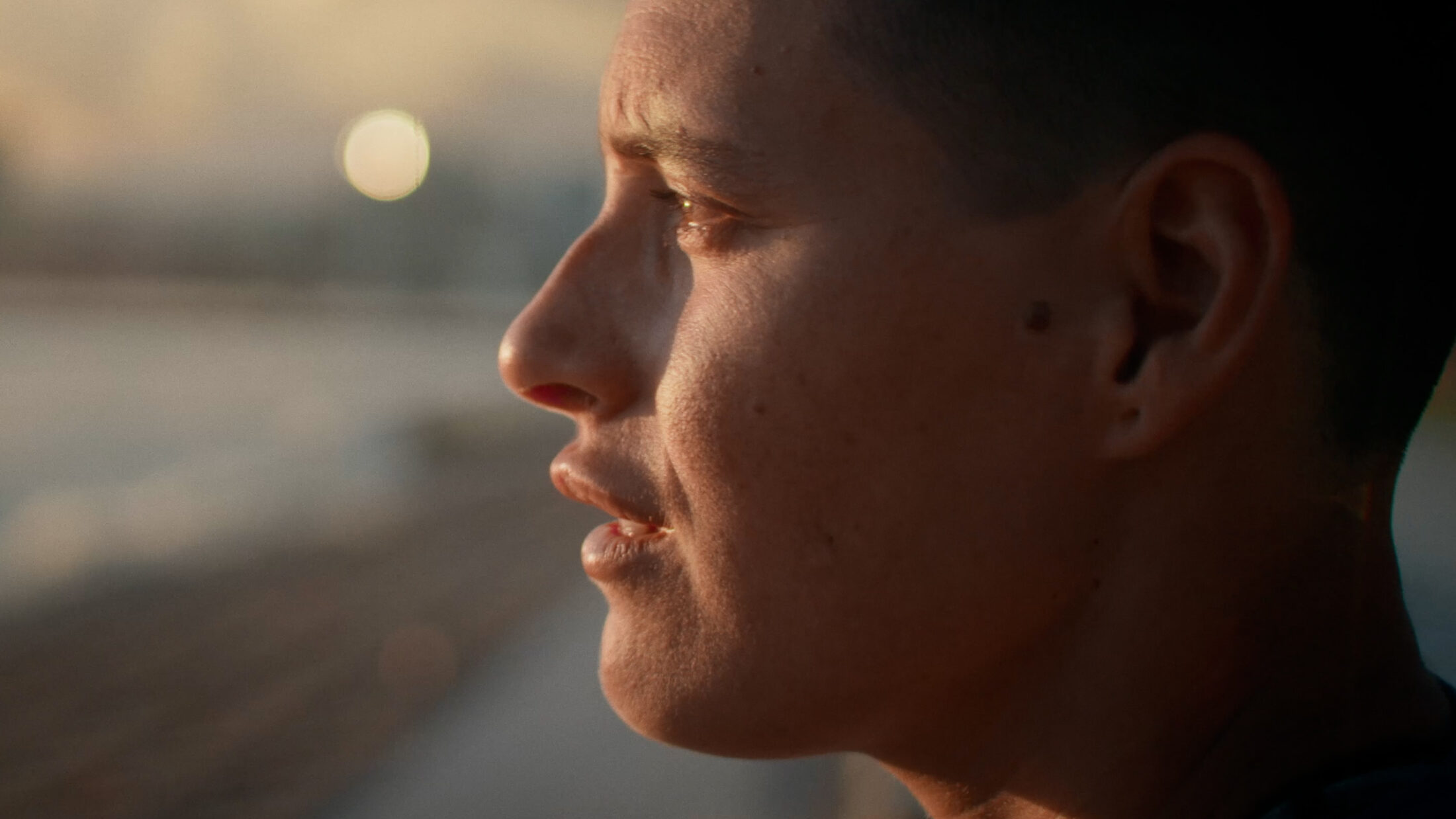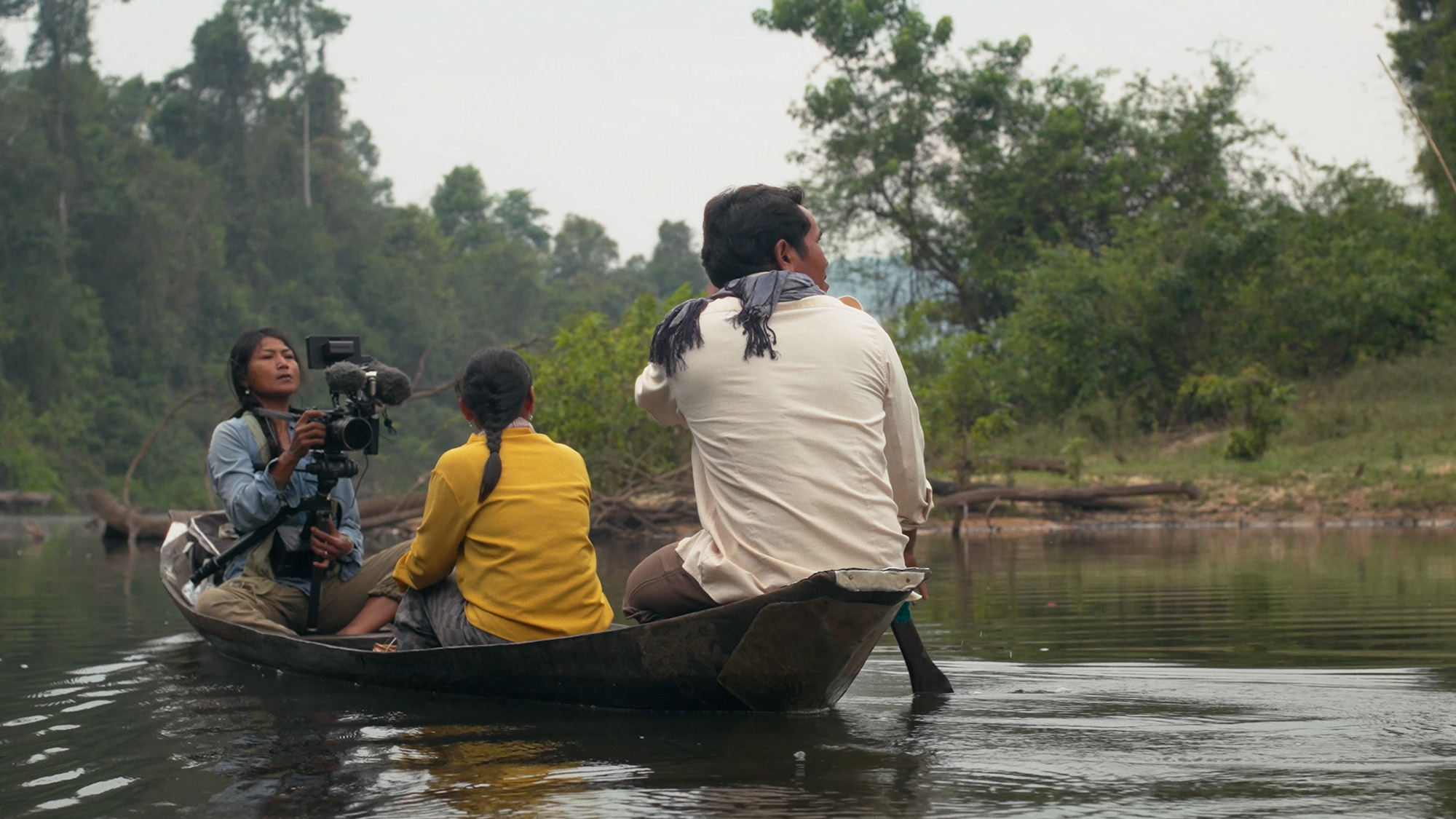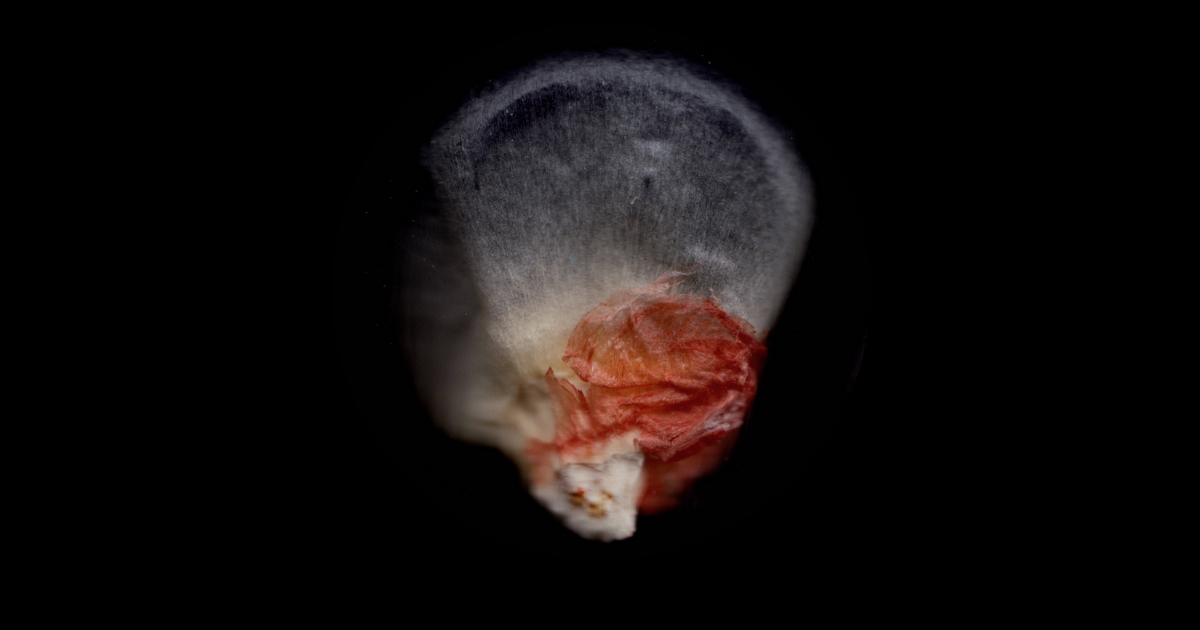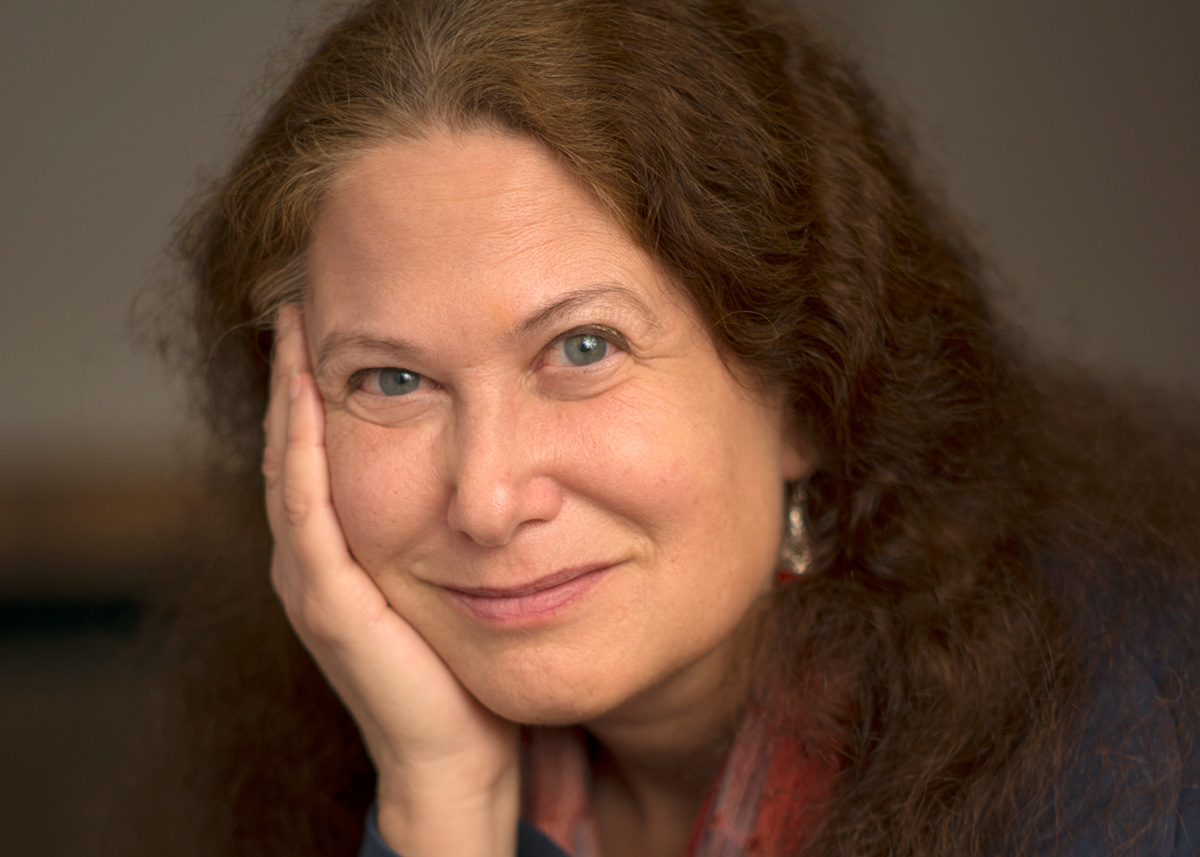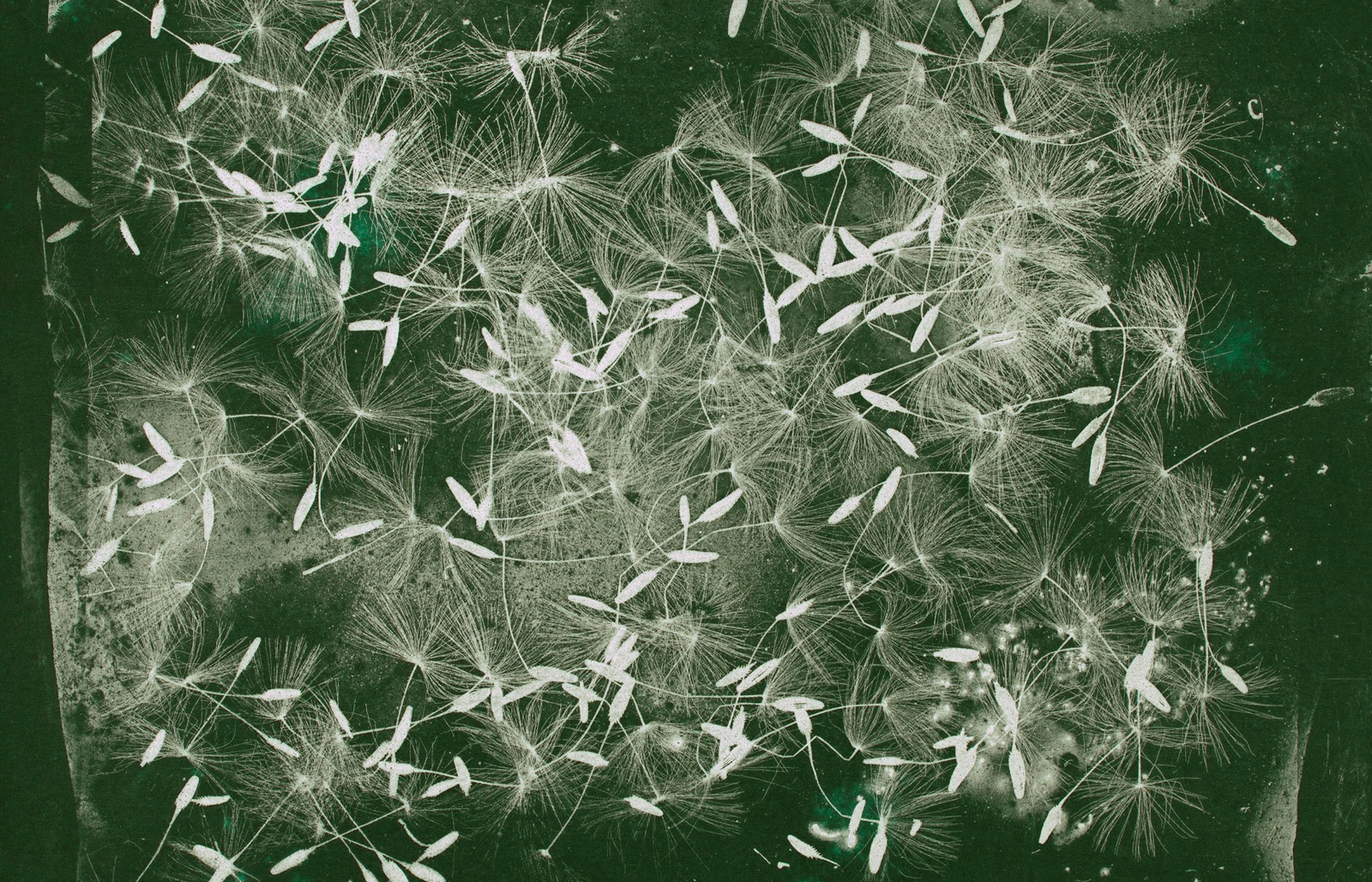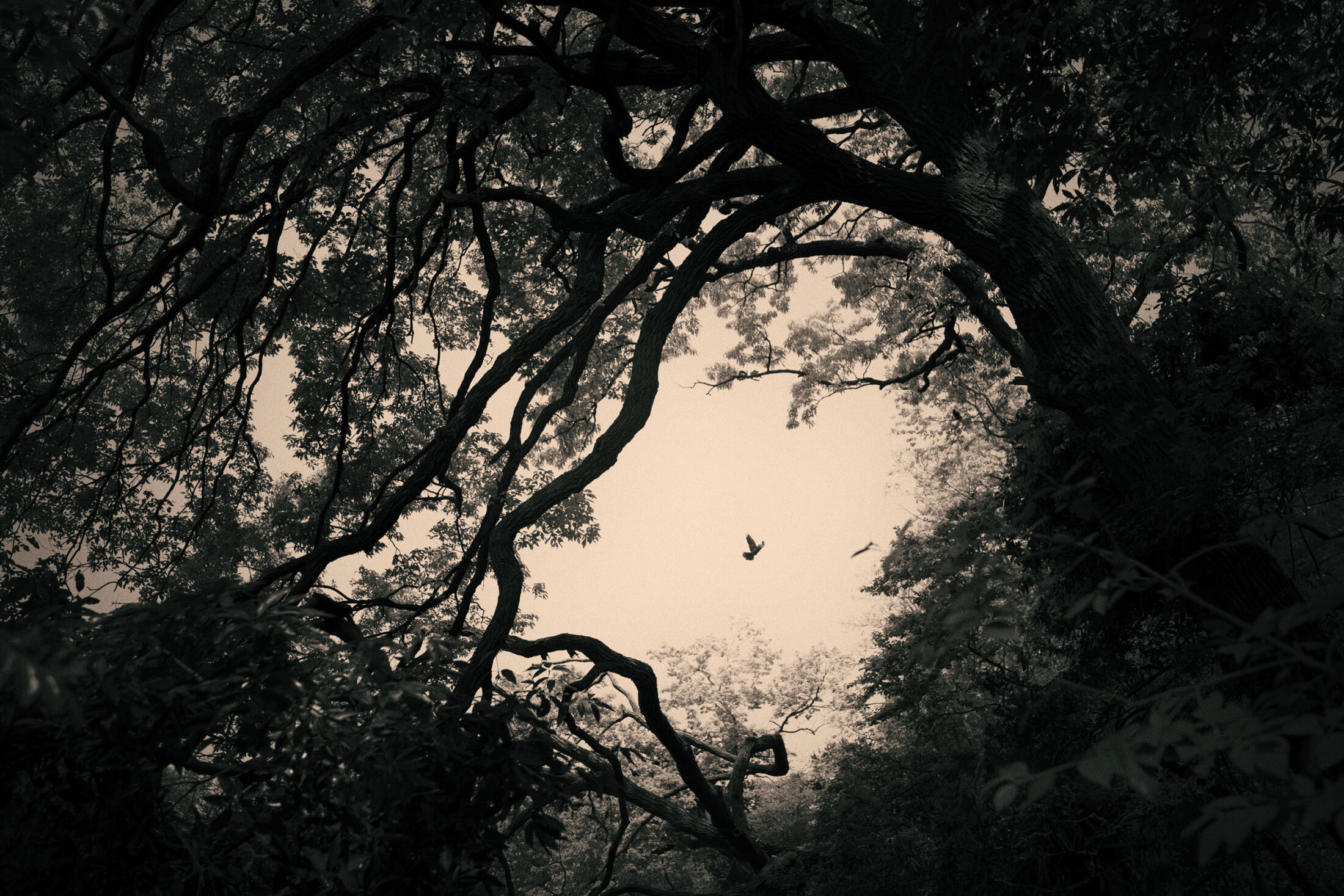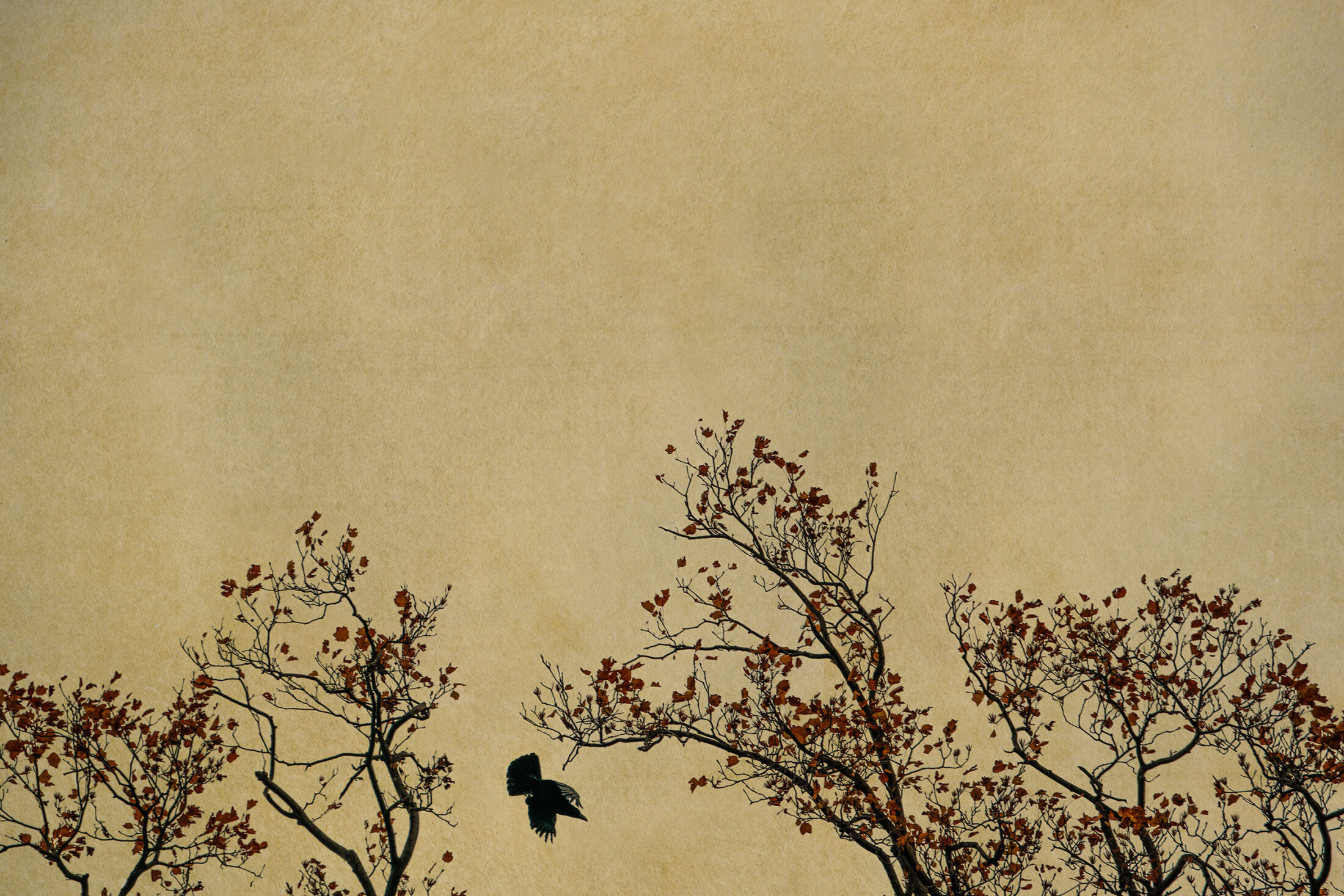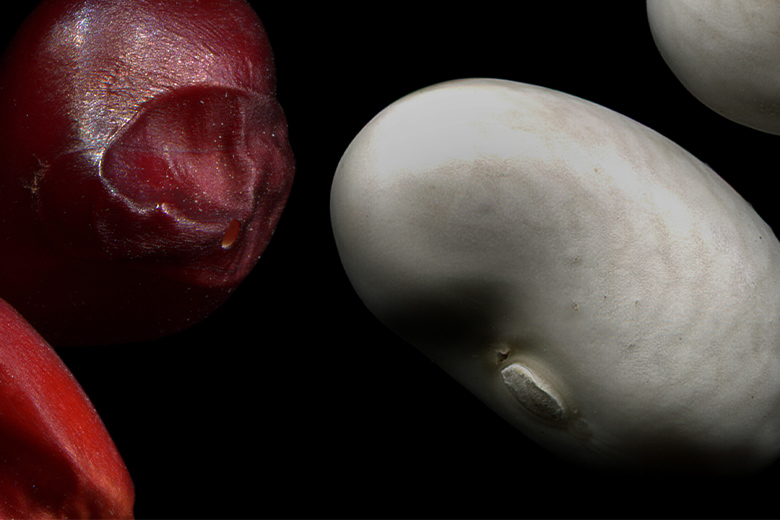

Note from the Editors
It has always been a radical act to share stories during dark times. They are regenerative spaces of creation and renewal. As we experience a loss of sacred connection to the earth, we share stories that explore the timeless connections between ecology, culture, and spirituality.
Recent Stories

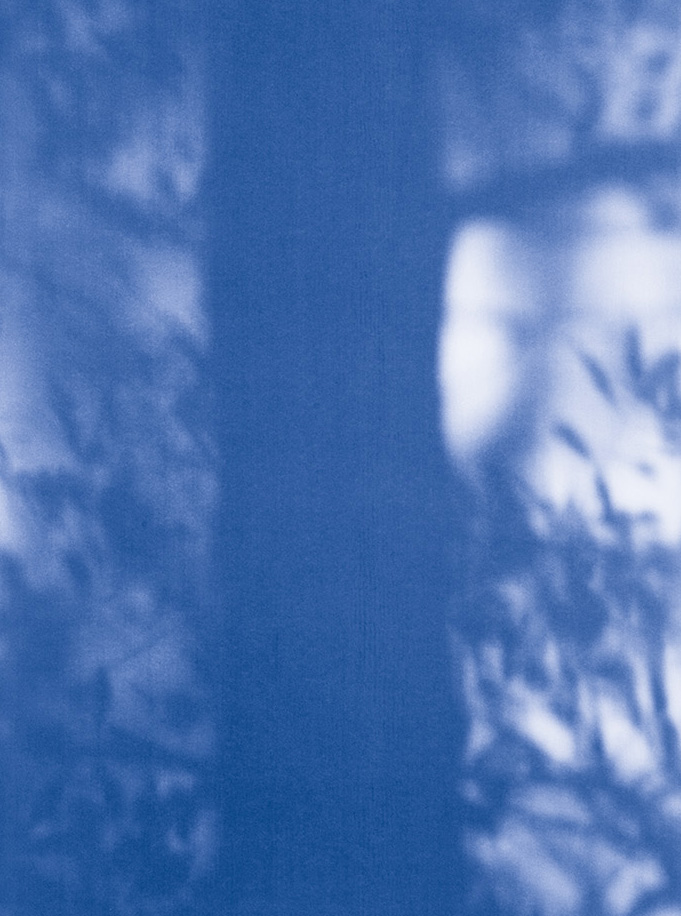
Gourds

Dendrochronology

Detour
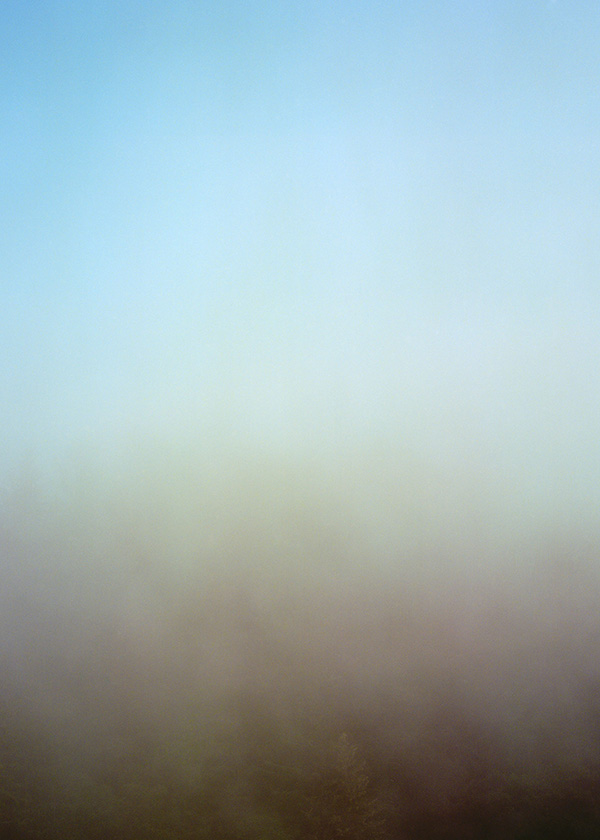
Unborn and Undying
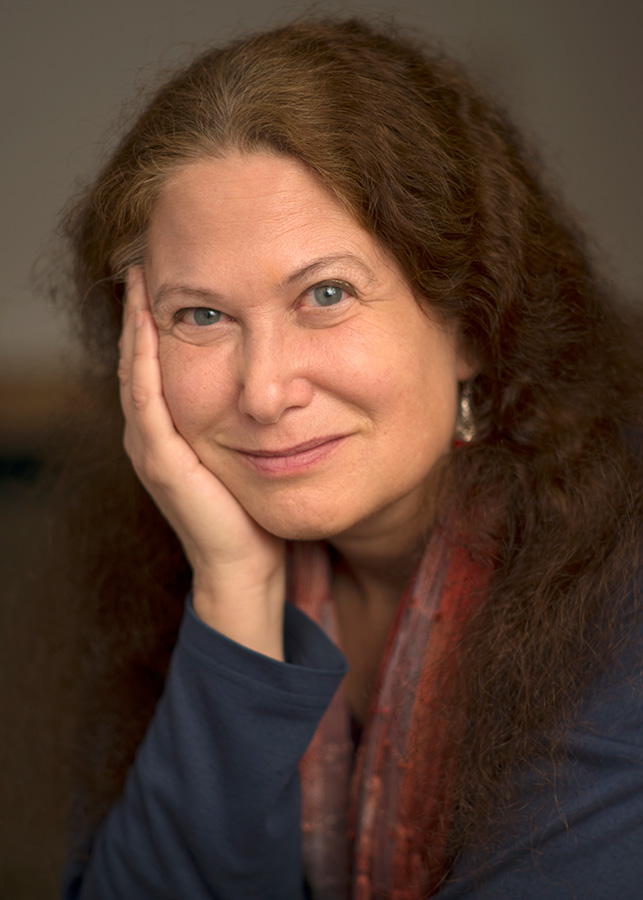
On Time, Mystery, and Kinship

Time Thinks of Time

Wrinkled Time

Butterfly
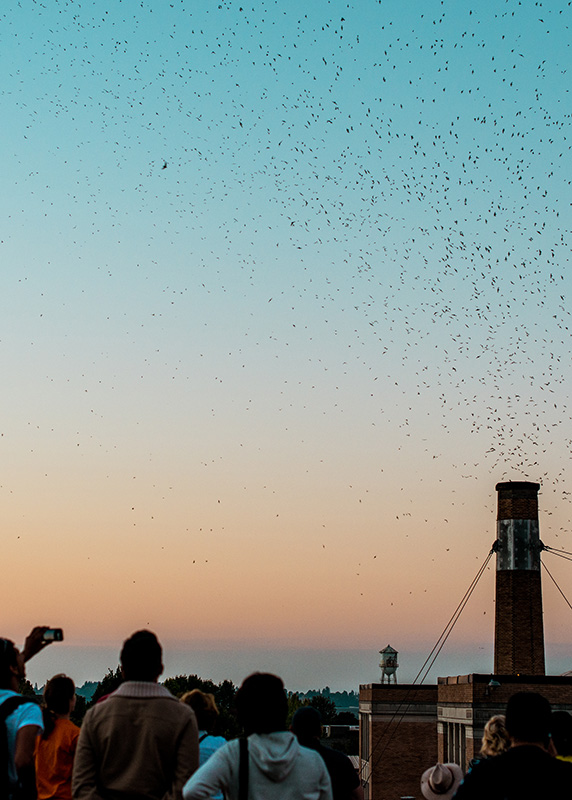
There Is No Show More Beautiful Than This

ស្គាល់ មជាតិ Knowing Your Taste

Taste of the Land

Documenting Shifting Landscapes

Memory, Praise, and Spirit

The Last Ice Age

Aloha ‘Āina

Sun House

The Nightingale’s Song

Our Annual Print Edition
Emergence Magazine, Vol. 5: Time
Our first hardcover edition, Time: Volume 5 explores the vast mystery of Time, journeying through its many landscapes: deep time, geological time, kinship time, ancestral time, and sacramental time. If we can recognize a different kind of Time, can we come to dwell within it?
Emergence Magazine, Vol. 5: Time
ENGAGE
Seeds of Radical Renewal: A hybrid in-person & online leadership course (UK)
Sharpham Trust, Devon, England
Seeds of Radical Renewal: A hybrid in-person & online leadership course (US)
Whidbey Institute, Washington, US
Podcast
Dendrochronology
In this narrated essay, writer Robert Moor journeys to Haida Gwaii, an island chain in British Columbia, for the anniversary of a historic agreement between the Haida Nation and the Canadian government that protects the landscape’s last remaining old-growth forests after decades of logging. As he walks through forest stewarded for generations by Haida, Robert begins to see the tangle of Sitka spruces and cedars, mosses and lichens, not as a site of slow decay, but of ongoing growth. How can being in the presence of ancient trees, he asks, help us feel, rather than intellectualize, not only the deep past, but also our responsibility to the future?

In this narrated essay, writer Robert Moor journeys to Haida Gwaii, an island chain in British Columbia, for the anniversary of a historic agreement between the Haida Nation and the Canadian government that protects the landscape’s last remaining old-growth forests after decades of logging. As he walks through forest stewarded for generations by Haida, Robert begins to see the tangle of Sitka spruces and cedars, mosses and lichens, not as a site of slow decay, but of ongoing growth. How can being in the presence of ancient trees, he asks, help us feel, rather than intellectualize, not only the deep past, but also our responsibility to the future?
